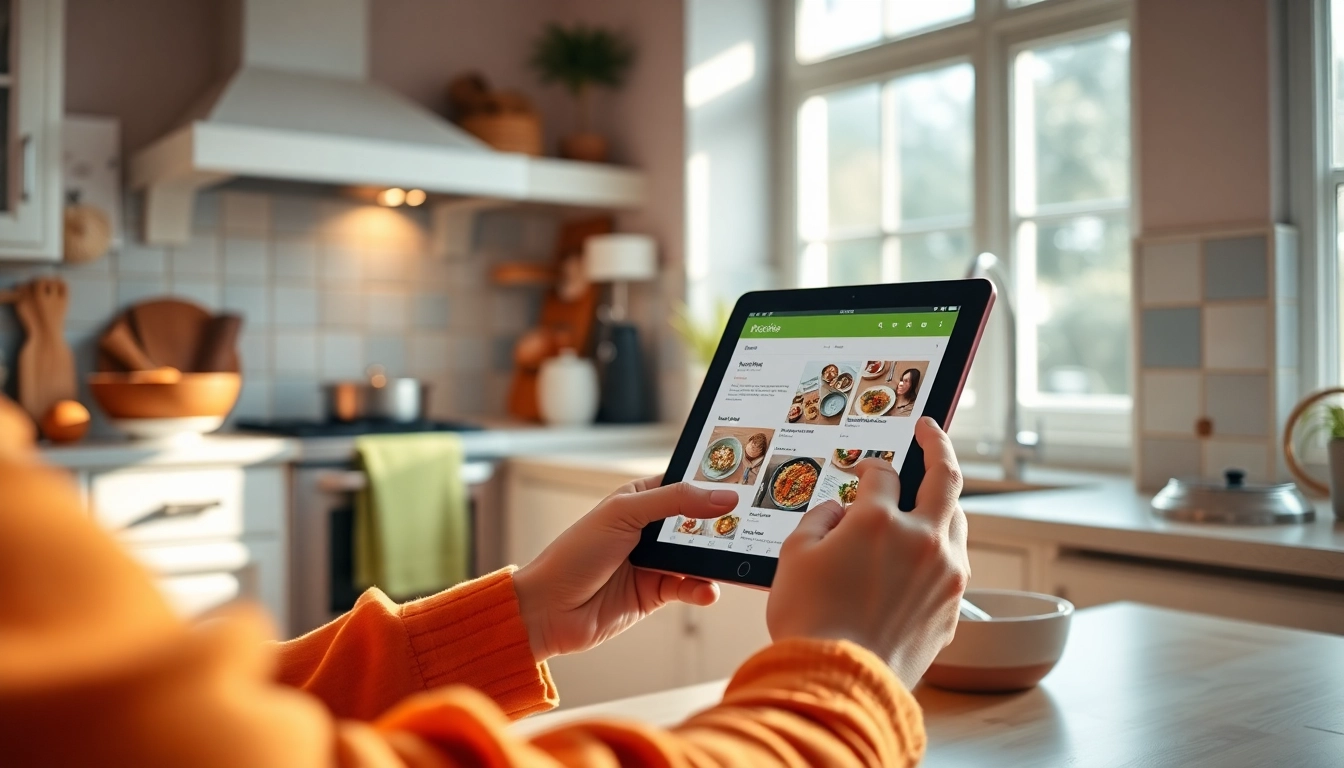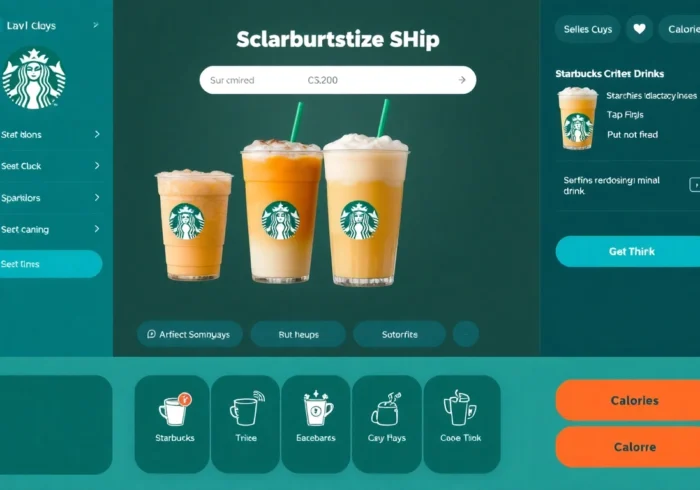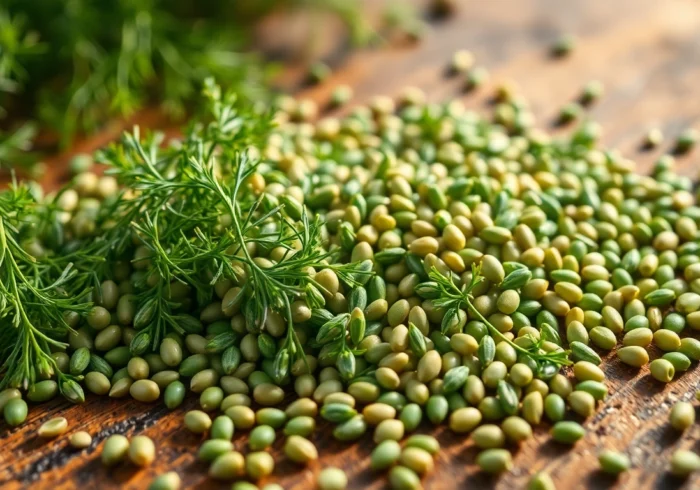Understanding the Foundations of Building Your Own Cookbook
What Defines a Personalized Cookbook in Today’s Digital Age?
In an era where technology revolutionizes how we manage and share information, building your own cookbook has transitioned from traditional paper recipes to dynamic digital collections. A personalized cookbook today is more than a static list of recipes; it is an interactive, customizable digital hub tailored to your culinary preferences, lifestyle, and organizational style. Unlike conventional cookbooks that often follow a fixed format and are limited by print constraints, digital cookbooks like those enabled by platforms such as build my own cookbook offer unparalleled flexibility. These tools allow you to collect recipes from various sources—social media, websites, and even handwritten notes—and interconnect them with your preferred storage and sharing platforms. Your customized cookbook becomes a living document that adapts to your evolving tastes, dietary needs, and creative inspirations, empowering you to curate a culinary experience uniquely yours.
Furthermore, a truly personalized digital cookbook accentuates control over your culinary data. You are no longer bound by a proprietary platform with restrictive ecosystems; instead, you maintain ownership and portability of your recipes. Whether you want to organize recipes by meal type, cuisine, or occasion, the digital age places emphasis on flexibility, ease of update, and integration—making your cookbook not just a collection but an active, functional culinary tool.
Key Differences Between Traditional Cookbooks and Digital Recipe Hubs
Traditional cookbooks have served as the primary medium for sharing recipes across generations. They are often print-bound, aesthetically curated, and cherished family heirlooms. However, these physical books come with limitations: static content, difficulty in updating, and lack of interactivity. Moreover, they are often specialized for a specific theme or cuisine, making adaptation or expansion cumbersome.
In contrast, digital recipe hubs transform the concept of a cookbook into a dynamic ecosystem. They allow for real-time updates, categorization with tags and search functions, multimedia integration (images, videos), and seamless synchronization across platforms. Platforms like Cooksync act as a ‘transport layer,’ enabling users to embed their recipes into tools they already use—be it note apps, cloud storage, or social media—without creating duplicates. This approach enhances accessibility, sharing, and ongoing customization. Additionally, digital hubs facilitate data ownership and privacy, giving users peace of mind regarding their culinary information.
For example, while traditional cookbooks often restrict users to the format predetermined by publishers, digital systems like Cooksync help you build a flexible, expandable collection that evolves with your culinary journey, all while maintaining full control over your data and presentation.
Why Control Over Your Culinary Data Enhances Your Cooking Experience
Ownership and control over your recipes profoundly influence your cooking creativity and convenience. When recipes are locked within inflexible formats or proprietary platforms, it becomes challenging to adapt, share, or update your collection. Conversely, managing your recipes with full ownership means you can effortlessly modify ingredients, adapt to dietary changes, and incorporate personal notes or improvements.
Practical control over your data also allows for better organization—structuring recipes into categories, tagging for quick retrieval, or integrating multimedia elements. For instance, you might tag all vegetarian recipes or create folders for holiday dishes, making it faster to find the perfect recipe on short notice. This level of customization streamlines meal planning, reduces recipe fatigue, and inspires culinary experimentation.
Moreover, data ownership grants peace of mind. Your recipes are safer from platform changes or discontinuation. With the ability to export or sync your collection across platforms, you retain access regardless of technology shifts. This security fosters a more relaxed and explorative cooking environment, freeing you from dependency on single platforms or proprietary ecosystems.
Step-by-Step Guide to Creating Your Custom Cookbook
Selecting the Right Platform to Build and Organize Recipes
Choosing the appropriate platform is crucial to building a functional, flexible, and easy-to-maintain digital cookbook. Platforms like Cooksync are designed specifically to act as an intermediary—collecting recipes from various sources and distributing them to your preferred storage or note-taking apps such as Evernote, Notion, Google Drive, or Evernote. The key is to select a platform that offers seamless integration, robust search capabilities, and support for multiple device access.
When evaluating options, consider the following criteria:
- Compatibility with your existing digital ecosystem
- Ease of importing recipes from multiple sources
- Availability of synchronization with preferred platforms
- Support for multimedia content and notes
- Data ownership and export options
Platforms like Cooksync excel in offering a transport layer—simultaneously pulling in recipes from social media, websites, and manual links, then pushing these recipes into your favorite note or storage platforms. This setup effectively eliminates duplicity and keeps your collection centralized yet flexible.
Import Methods: Web Browsers, Social Media, and Manual Links
Efficiently building your digital cookbook hinges on easy import methods. Fortunately, modern tools provide multiple avenues to gather recipes:
- Web Browsers Extensions: Chrome extensions and Safari add-ons allow direct capturing of recipes from any website. With a single click, you can import ingredients and instructions into your collection.
- Social Media Integration: Platforms like Instagram, Facebook, Pinterest, or TikTok host countless recipes. Using specialized apps or browser tools, you can extract or save recipes shared within these networks, ensuring your collection captures trending and family-favorite dishes.
- Manual Link Addition: For recipes stored in PDFs, handwritten notes, or proprietary apps, manual entry or link addition preserves your recipes and makes them accessible across devices.
Each import method prioritizes convenience—allowing you to curate your collection from anywhere.
For example, Cooksync’s Chrome extension simplifies copying recipes directly from popular cooking blogs, while its iOS app facilitates saving recipes from social media feeds. This ensures your build my own cookbook process remains smooth and comprehensive.
How to Sync Recipes Seamlessly to Your Preferred Storage Spaces
The ultimate goal of a personalized digital cookbook is not just collection but effortless accessibility. Synchronization ensures your recipes are available exactly where you need them—be it a cloud note app, a family SharePoint, or a personal database. Platforms like Cooksync automate this process, linking your recipe collection with your storage solutions.
Here’s a typical workflow:
- Connect Cooksync to your preferred platform—Google Drive, Evernote, Notion, or others supported by the service.
- Import recipes using browser extensions, mobile apps, or manual entry.
- Allow Cooksync to automatically sync these recipes to your connected platform.
- Access, edit, or organize recipes directly within your storage app, with updates reflected across all synced locations.
This setup eliminates manual duplication and maintains your data consistency, so your build your own cookbook remains current and accessible across devices. Keeping control of the sync process means you’re always the master of your culinary content.
Optimizing Your Build My Own Cookbook for Better Usability
Personalizing Your Collection with Categories, Notes, and Images
Personalization enhances the utility and joy of your digital cookbook. Organize recipes into categories—such as appetizers, main courses, desserts, or dietary-specific groups like gluten-free or vegan—making it easier to locate desired dishes quickly. Adding notes improves your cooking experience; document tweaks, substitutions, or taste notes to refine recipes over time.
Including images is transformative—visual cues help recall presentation ideas, ingredient freshness, or plating techniques. Many platforms allow embedding photographs directly within the recipe entry, providing a richer, more engaging experience. For example, envision having your favorite lasagna recipe with pictures from the dish’s final presentation, serving as both inspiration and reference.
Implementing these personalization strategies entails selecting a platform supporting tags, folders, and media attachments, which many modern apps do seamlessly.
Implementing Tagging and Search Features for Quick Access
A well-structured tagging system is essential to manage a growing collection. Assign descriptive tags to recipes—ingredients (e.g., “chicken,” “mushrooms”), cuisines (“Italian,” “Mexican”), cooking methods (“grilling,” “baking”), or occasions (“Holiday,” “Weeknight”).
Advanced search functions enable rapid retrieval—searching by tags, ingredients, or custom filters simplifies meal planning, especially during busy times. For example, a quick search for “vegetarian” and “30-minute” recipes can lead you to suitable options in seconds. Guided by a powerful search system, your building your own cookbook transforms from a static list into an active, intelligent tool.
Maintaining Data Security and Ownership in Your Digital Cookbook
Data security isn’t just an addition—it’s a necessity. When creating a digital cookbook, especially with integrations and cloud storage, safeguarding your recipes from loss, theft, or unauthorized access is paramount. Platforms like Cooksync emphasize data ownership, allowing you to export recipes easily or host them in your preferred storage solutions.
Best practices include:
- Choosing platforms that support encryption and access controls
- Regular backups of your recipe database
- Using secure connections during synchronization
- Understanding platform privacy policies and opting for services with transparent data practices
By prioritizing security, you enjoy peace of mind while exploring your culinary creativity. Remember, your recipes are valuable personal assets—and total control enables you to share or keep them private at will.
Innovative Features and Advanced Tips
Receiving Weekly Suggestions to Diversify Your Recipe Collection
One of the most exciting features of modern recipe management tools is personalized, weekly recipe suggestions. Based on your preferences and collection patterns, these recommendations introduce you to new cuisines, trending dishes, or forgotten classics, fostering culinary growth.
For example, if you frequently save pasta recipes, your platform might suggest innovative variations like vegan pasta or regional specialties from Italy. Additionally, observing what others collect can inspire you to experiment or refine your skills.
Implementing this feature involves algorithms that analyze your collection and preferences, ensuring relevant, tasty, and diverse suggestions. It keeps your culinary journey fresh and expands your repertoire effortlessly.
Expanding Your Platform Support with Exporters and Integrations
Support for multiple platforms is key to building a versatile digital cookbook. Exporters and integrations enable you to transfer recipes between different apps, backup your collection, or prepare printed cookbooks. The ability to request custom exporters, as well as upcoming support for more platforms, ensures your system remains adaptable.
This flexibility allows you to extend your culinary digital infrastructure from simple note apps to more advanced recipe databases or even e-commerce platforms if you venture into cookbooks for sale or gifting. It amplifies your control and scalability.
Utilizing Analytics to Refine Your Recipe Choices and Cooking Habits
Modern tools can include analytical features—tracking which recipes you use most, cooking times, or ingredient preferences. These insights help you identify favorites, avoid redundant recipes, and plan healthier or more balanced meals.
For instance, analytics may reveal that you prepare Italian pasta dishes three times more often than other cuisines, prompting you to explore related regional recipes or diversify your collection.
By interpreting these data points, you continuously optimize your build your own cookbook—making your culinary practice more intentional, efficient, and satisfying.
Measuring Success and Continual Improvement
Tracking Engagement and Collection Growth
Success in building your own cookbook isn’t just about accumulation; it’s about active engagement. Regularly reviewing your collection helps you understand how it grows, which recipes are revisited, and what areas might need expansion.
Metrics to consider include the number of recipes imported, frequency of use, and how often certain categories or tags are accessed. These insights can motivate you to experiment more or organize better.
Gathering Feedback and Customizing Your Cookbook Layout
Gathering input from household members or fellow cooks enhances usability. Customization options—such as adjusting layout, visual themes, or adding personal branding—make your digital cookbook reflect your personality and needs.
Feedback can come from direct comments, usage patterns, or trial and error. Regular updates ensure the collection remains relevant and inspiring.
Scaling Your Digital Cookbook for Family, Friends, or Community Sharing
Once your personalized collection reaches a certain richness, sharing becomes a logical next step. Digital cookbooks can be scaled to include family contributions, community recipes, or collaborative projects. Cloud-based tools facilitate secure sharing, permission control, and even collaborative editing.
This fosters a communal culinary environment, passing down recipes, and creating new traditions. The ultimate measure of success is a vibrant, interactive digital family archive or community resource.



